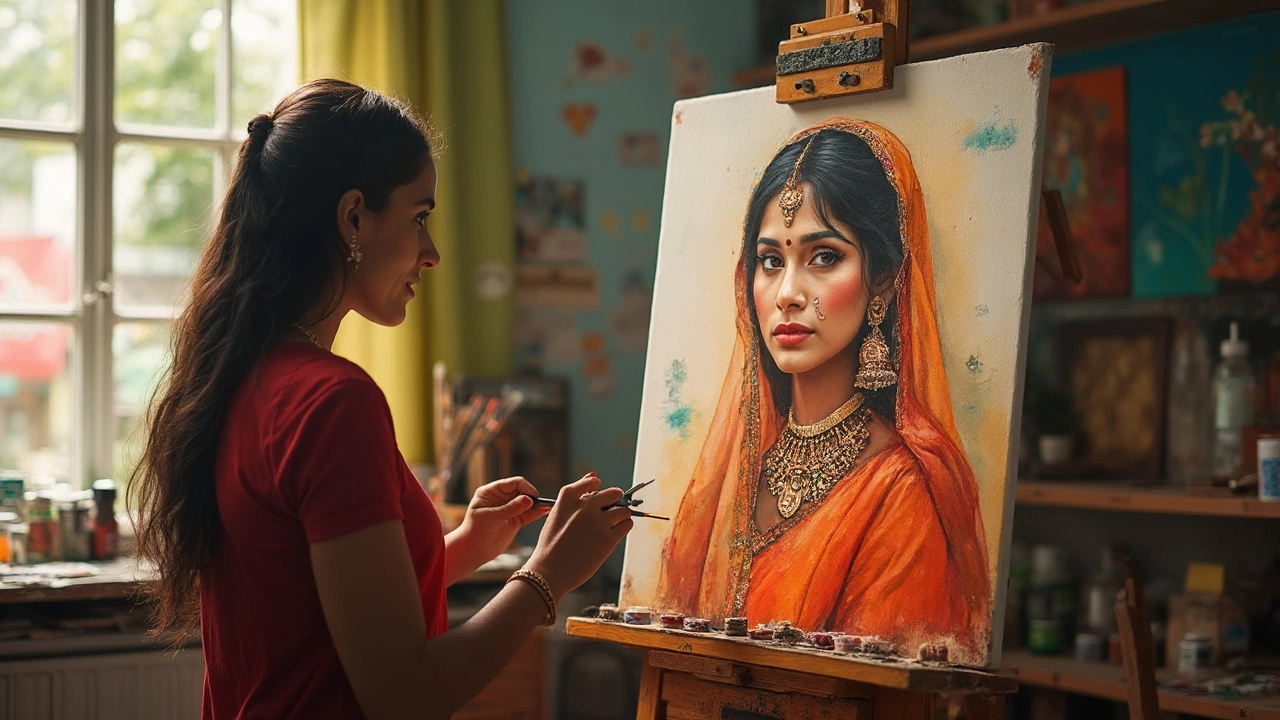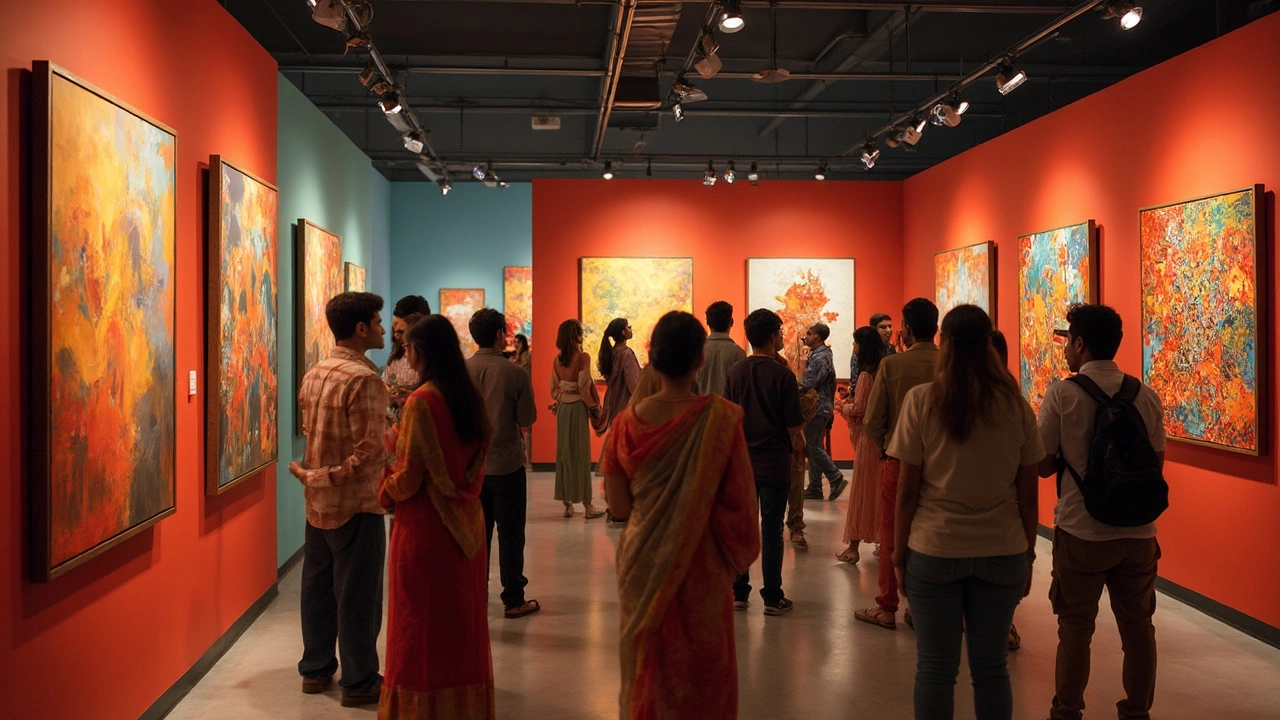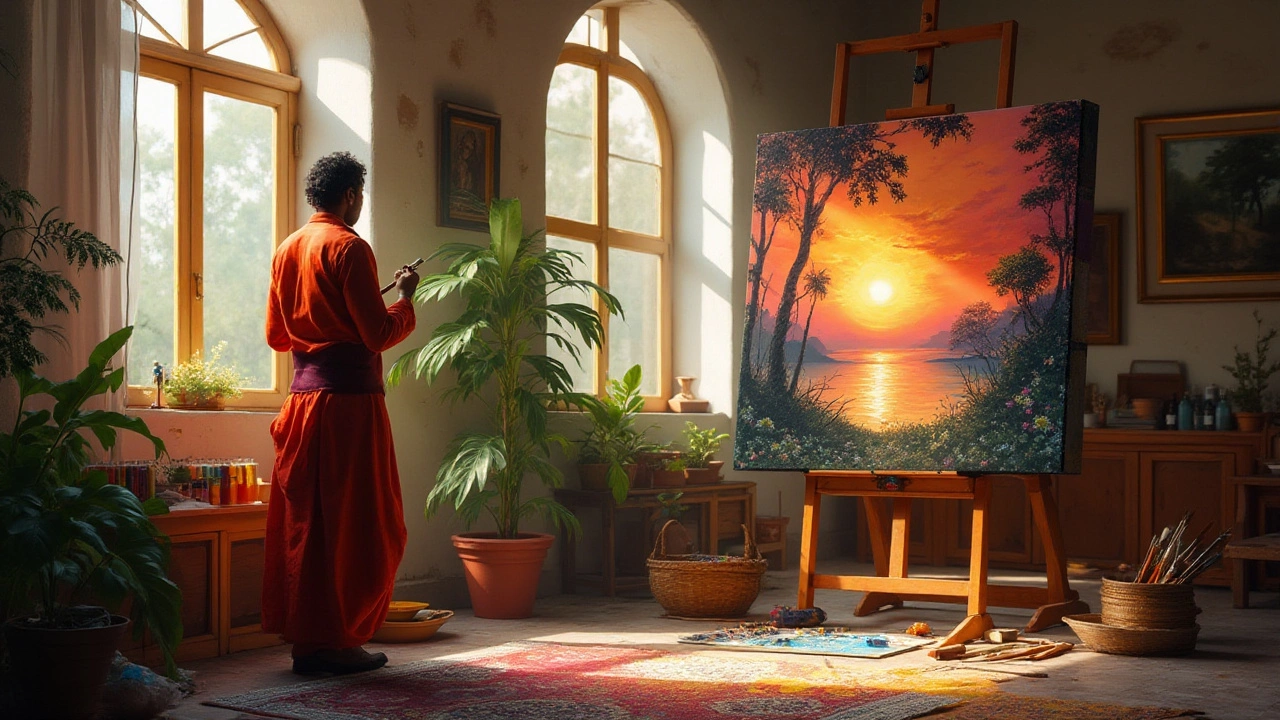Art Tips: Simple Tricks to Boost Your Creative Game
If you ever feel stuck in the studio, you’re not alone. A handful of practical tweaks can turn a frustrating session into a flow state. Below are real‑world tips you can apply today, whether you work with oil, watercolor, camera or clay.
Master Your Materials
Start by testing any new medium on a small swatch. This lets you see how the paint reacts, how long it dries, and whether the solvent smells harsh. For oil painters, a few drops of linseed oil mixed with mineral spirits give a buttery glide without sacrificing drying time. Watercolor artists often over‑dilute, which makes colors look weak. Keep a notebook of ratios that work for you and refer back when you switch brands.
When mixing colors, use a limited palette of three to five hues. It forces you to think about value and temperature rather than relying on every shade in the tube. You’ll notice cleaner mixes and fewer muddy results. The same idea applies to photography: stick to two‑to‑three lighting setups and master them before adding more gear.
Don’t forget cleaning tools. A soft brush for oil brushes and a quick rinse for acrylics keep bristles from getting stiff. Dirty brushes can spread unwanted pigments across a canvas, ruining a fresh idea.
Showcase & Sell Your Work
Great art needs great presentation. Use three‑point lighting for portrait paintings or sculptures – a key light, fill light and back light. The setup adds depth and highlights texture without needing expensive studio space. Position the key light at a 45‑degree angle, the fill opposite it, and the back light behind the subject to separate it from the background.
Pricing? Start with material cost, then add a labor rate based on hours spent. Multiply that sum by a factor of 2–3 to cover overhead and profit. For prints, factor in printing method – giclée prints fetch higher prices than mass‑produced posters.
When you share art online, pick platforms where your audience hangs out. Instagram works for visual snapshots, while a dedicated portfolio site shows full‑size pieces without compression. Tag each post with relevant keywords like "abstract art" or "landscape painting" to improve discoverability.
Finally, ask for feedback early. Show drafts to fellow artists or trusted friends. Constructive criticism helps you spot compositional issues before you invest hours polishing a piece.
These tips are quick fixes you can start using right now. Try one, see the difference, then add another. Your work will improve step by step, and you’ll feel more confident sharing it with the world.




